Artificial Intelligence (AI) has evolved from a niche research discipline into one of the most transformative forces in modern technology. In 2025, AI isn’t just powering voice assistants or chatbots—it’s revolutionizing medicine, entertainment, design, logistics, education, and even art. Whether you’re an entrepreneur, developer, marketer, or simply a curious mind, understanding the best AI tools available today is crucial for staying ahead.
In this post, we explore the top AI technologies in 2025 that are reshaping the future across industries and use cases.
READ MORE : https://digitalmohit.co.in/
1. GPT-4.5 & GPT-4o by Open AI: Multimodal Intelligence in Action
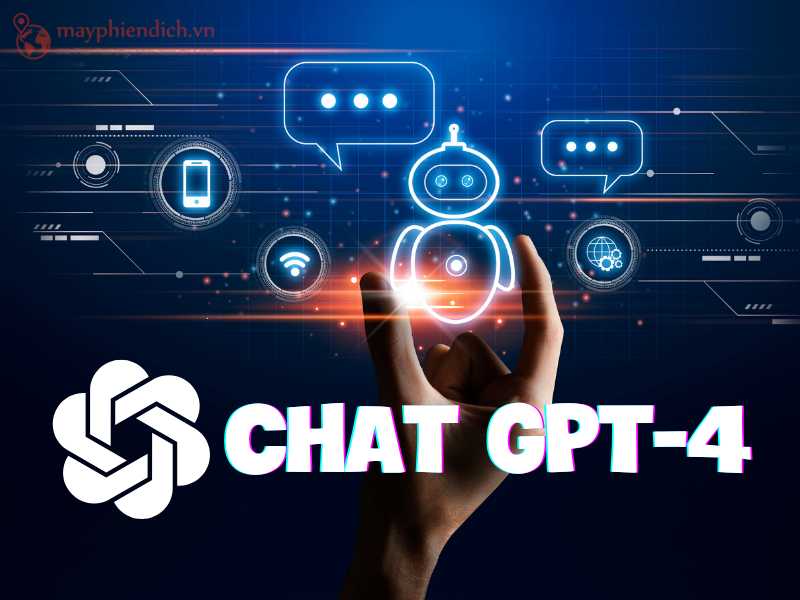
Open AI’s flagship models—GPT-4.5 and the newer GPT-4o (“o” for “omni”)—are pushing the boundaries of what it means for machines to understand humans. These aren’t just text generators; they’re multimodal AIs that can interpret and respond to text, images, audio, and video in a single conversation.
Key Features:
- Real-time voice interaction (natural pauses, emotions, interruptions)
- Visual reasoning and image interpretation
- In-depth coding, writing, and planning assistance
Use Cases:
- Customer support chatbots that understand both text and screenshots
- Personal tutors that help students with homework using images or handwritten notes
- Enterprise copilots for documentation, summarization, and code generation
Why it matters:
GPT-4o’s emotional intelligence, speed, and accessibility (even in the free tier of ChatGPT) make it a landmark tool for both personal productivity and business workflows.
2. Sora by Open AI: Text-to-Video Generation

In 2025, video creation doesn’t require a camera, crew, or editing software. Enter Sora, OpenAI’s text-to-video model that can generate realistic, cinematic footage from simple text prompts.
Key Features:
- High-fidelity, photorealistic video generation
- Custom scene control and character actions
- Supports animation and live-action styles
Use Cases:
- Rapid prototyping for filmmakers and creatives
- Video ads and explainers for startups on a budget
- Education: turning lesson plans into engaging visual stories
Why it matters:
Sora democratizes video production and gives individuals and small businesses access to Hollywood-level creativity with a few lines of text.
3. Claude 3.5 by Anthropic: Ethical, Explainable AI
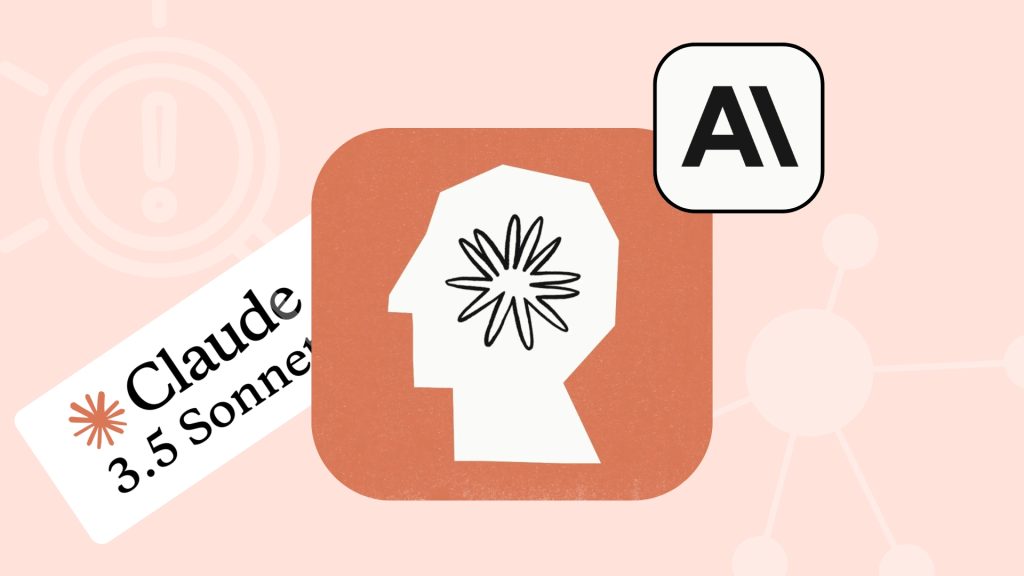
Anthropic’s Claude 3.5 model is designed with safety, transparency, and context in mind. It excels at reasoning, long-document analysis, and structured output, making it a favorite in legal, academic, and policy circles.
Key Features:
- Handles complex documents and dense technical content
- Safer and more aligned with human values
- Better at following instructions with fewer hallucinations
Use Cases:
- Analyzing legal contracts
- Academic research synthesis
- Safe deployment in regulated industries
Why it matters:
Claude 3.5 proves that powerful AI doesn’t have to come at the cost of trust. It’s the ideal tool when accuracy and interpretability are non-negotiable.
4. Gemini 1.5 by Google DeepMind: The Ultimate Productivity Booster

Google’s Gemini 1.5 Pro is embedded deeply within Google Workspace, enabling seamless integration into everyday productivity tools like Gmail, Docs, and Sheets.
Key Features:
- Real-time transcription and translation
- Visual search and multimodal analysis
- Embedded across Android and Chrome
Use Cases:
- Writing emails and generating reports with context from your inbox
- Collaborating on documents with AI that remembers prior feedback
- Automated note-taking and summarization in Google Meet
Why it matters:
Gemini’s context awareness and tight integration into tools people already use make it a must-have for professionals aiming to streamline work.
5. Mistral & Meta’s LLaMA 3: Open-Source AI Innovation

While big tech companies dominate the closed-model space, Mistral and LLaMA 3 represent the open-source movement in . Developers can fine-tune and deploy these models freely, making them perfect for building custom applications.
Key Features:
- Smaller, faster models for edge devices
- Transparent training data and architecture
- Active developer communities
Use Cases:
- Building lightweight AI chatbots on mobile
- Academic experiments and research
- Startups building AI-powered platforms with full customization
Why it matters:
Open-source enables sovereignty, customization, and innovation at the grassroots level—essential for privacy-sensitive and budget-conscious projects.
6. Runway Gen-3 Alpha: The AI for Creatives

Runway continues to lead in -powered creative tools. Gen-3 Alpha is the most advanced video generation model from Runway, offering higher resolution, better motion control, and cinematic quality.
Key Features:
- Frame-by-frame control over characters and scenes
- Supports text, image, and video prompts
- High-quality motion, lighting, and detail
Use Cases:
- Filmmaking, storyboarding, and music videos
- Generating visual effects and animation prototypes
- Influencer content creation
Why it matters:
AI creativity is no longer a gimmick—Runway makes it real. It’s a toolkit for modern creators seeking visual storytelling power without traditional barriers.
7. NVIDIA AI Platform: Hardware Meets Software
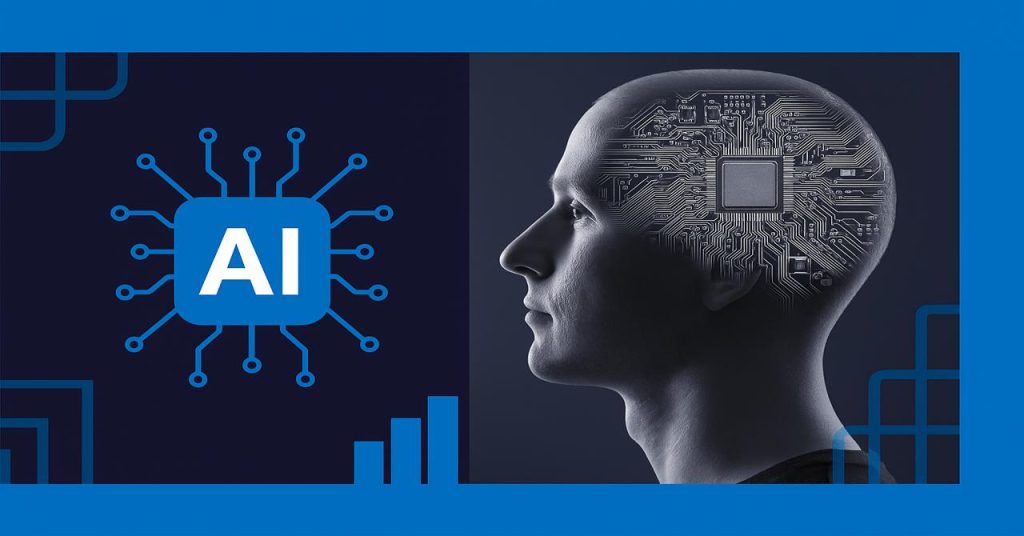
NVIDIA’s ecosystem is foundational to the AI revolution. From NeMo for LLM development to Omniverse for digital twins, NVIDIA offers the tools to both build and scale AI systems.
Key Features:
- Real-time simulation and digital twin modeling
- Optimized training and inference speeds with CUDA and TensorRT
- Support for robotics, autonomous vehicles, and healthcare AI
Use Cases:
- Industrial automation and robotics
- Drug discovery and genomics
- Self-driving car development and simulation
Why it matters:
NVIDIA isn’t just powering GPUs—it’s powering the future of AI infrastructure. Their tools are critical for any company training large models or building real-time systems.
Bonus: Specialized Tools Worth Mentioning
- Perplexity AI: AI-powered search with cited sources and research-level depth.
- HeyGen: AI avatars for presentations and marketing videos.
- Hugging Face: A hub for sharing and using thousands of open-source models.
What to Expect Next in AI

Looking beyond 2025, the next generation of AI will focus on:
- Agentic workflows (AI agents managing tasks across apps)
- Personalized copilots trained on your preferences and behavior
- AI-native apps, built from the ground up to leverage real-time, multimodal reasoning
We’re heading toward a future where AI is not just a tool but a collaborator—embedded in every layer of work, play, and creation.
Final Thoughts
AI in 2025 is more powerful, accessible, and diverse than ever before. Whether you’re creating a movie, writing code, launching a startup, or managing a team, there’s an AI tool that can supercharge your efforts.
Action Tip: Start small—try a tool like ChatGPT, Runway, or Gemini in your daily workflow. The ROI on your time could be exponential.



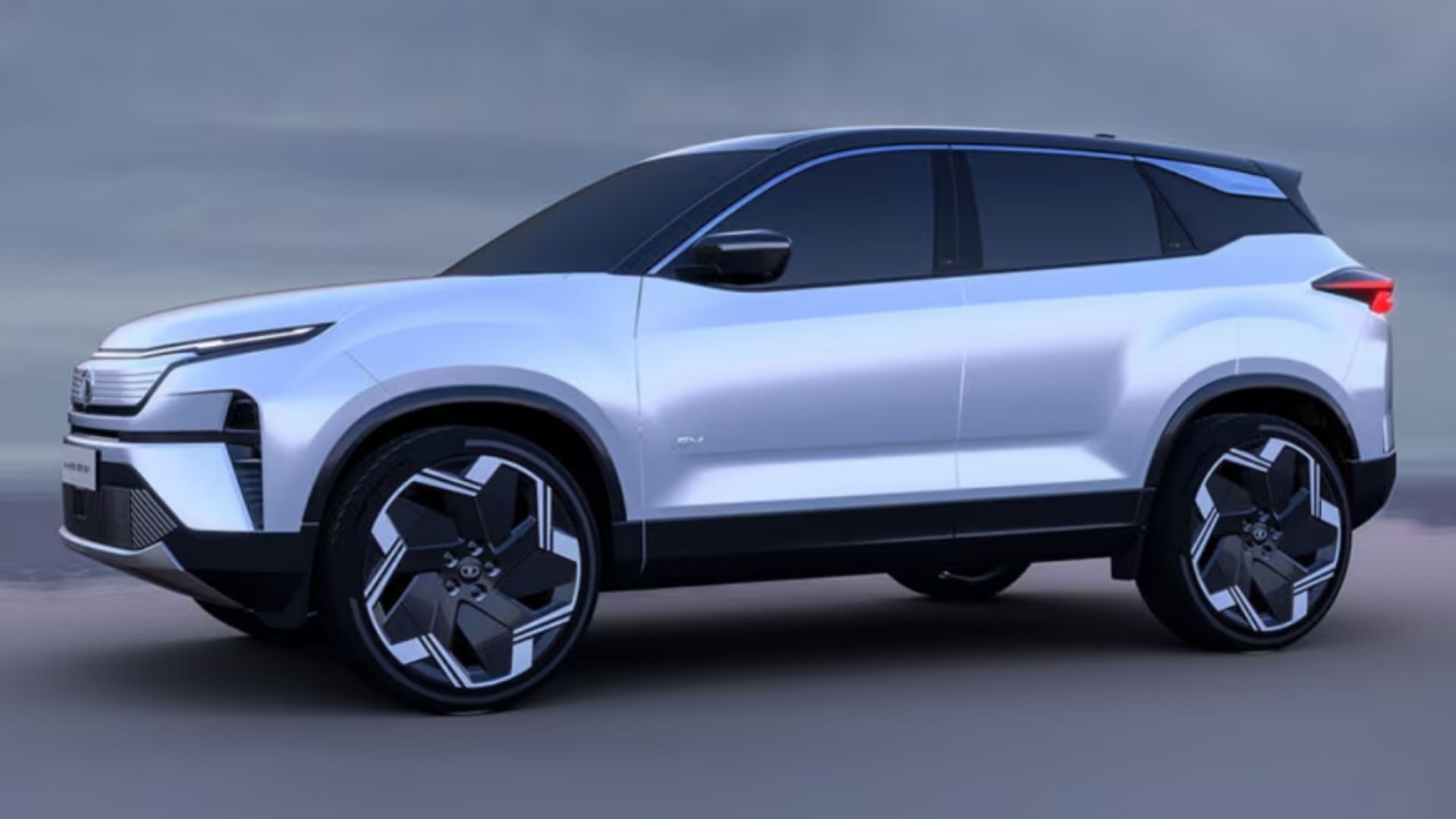




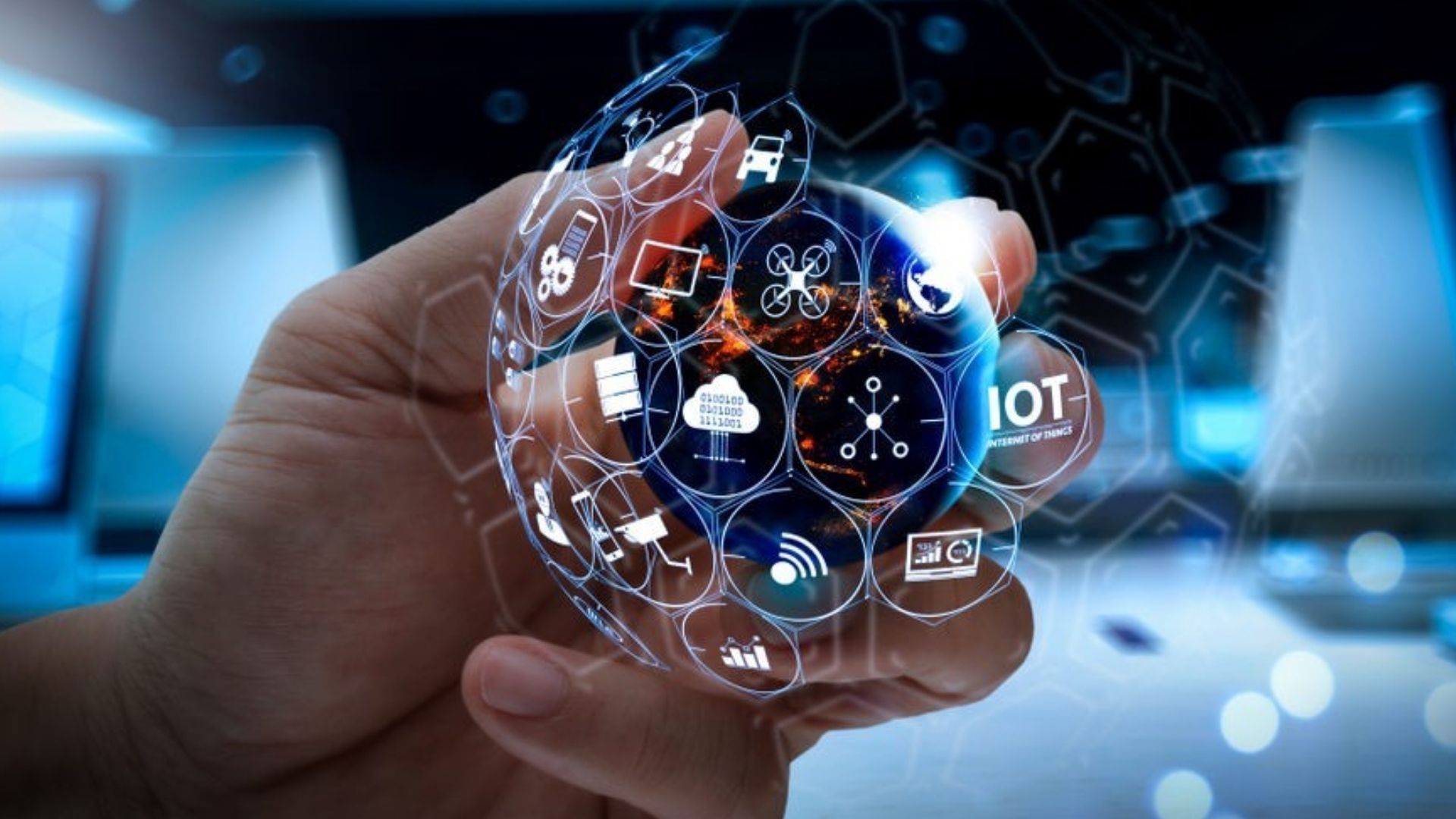







Leave a Reply